Organic Basil: The Green Gem of the Spice World
Welcome, spice lovers and culinary adventurers! Whether you're a seasoned pro or just dipping your toes into the aromatic world of herbs, this guide is your golden ticket to basil bliss. Today, we’re diving deep into the fragrant leaves of organic basil—a true staple in kitchens around the globe. Get ready for some leafy life hacks, myth-busting facts, and tips that will make your pasta scream ‘Mamma mia!’
Table of Contents
- What Makes Basil ‘Organic’?
- Basil Varieties: Not All Greens Are Created Equal
- Storage Secrets: Keep It Fresh Longer
- Cooking with Basil: Timing Is Everything
- Growing Your Own Organic Basil: A Mini-Guide
- Basil-Infused Oils & Vinegars: Flavor Goldmines
- Common Mistakes Even Pros Make
- FAQ: All Your Basil Questions Answered
What Makes Basil ‘Organic’?
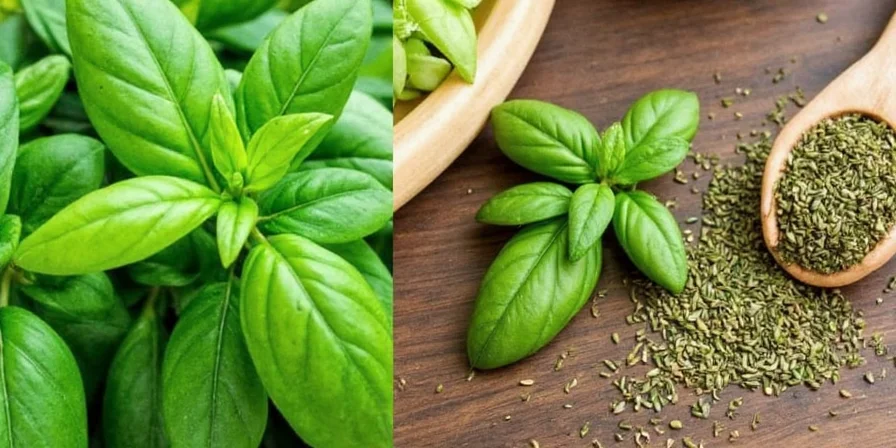
Let’s clear up the confusion once and for all: organic basil is grown without synthetic pesticides, herbicides, or fertilizers. But what does that mean for flavor and nutrition? Studies suggest that organic herbs may pack a stronger aromatic punch thanks to higher essential oil content.
| Feature | Organic Basil | Conventional Basil |
|---|---|---|
| Pesticides | No synthetic chemicals | Limited use allowed |
| Fertilizers | Natural compost only | Synthetic blends possible |
| Flavor | Often more intense | Mild to moderate |
Basil Varieties: Not All Greens Are Created Equal
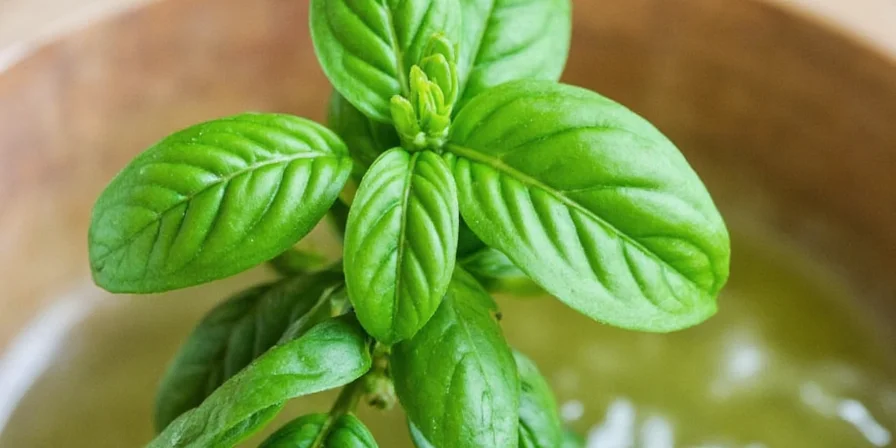
Did you know there are over 150 varieties of basil? Here’s a quick breakdown:
- Sweet Basil: Classic Italian staple
- Thai Basil: Licorice kick, perfect for stir-fries
- Lemon Basil: Zesty notes, great in desserts
- Dwarf Basil: Compact version for small spaces
- Cinnamon Basil: Spicy aroma, unique twist
Storage Secrets: Keep It Fresh Longer
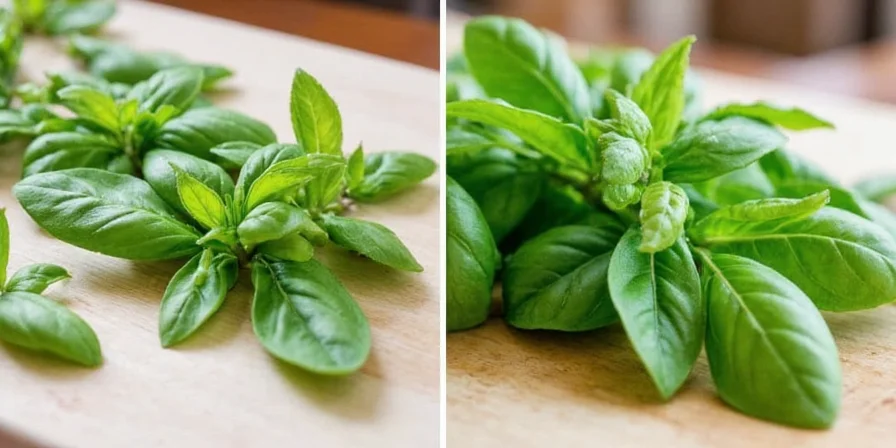
Nothing breaks a chef's heart more than watching their basil wilt into sadness. Try these tricks:
- Trim stems and place in water like a bouquet
- Store at room temperature – fridge is a big no-no
- Freeze chopped leaves in olive oil cubes
- Wrap in paper towels and seal in a bag
Cooking with Basil: Timing Is Everything
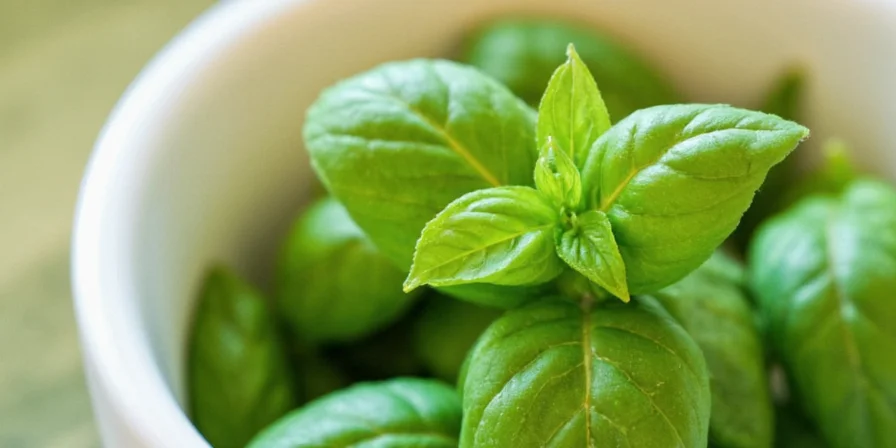
Basil is delicate. Throw it in too early and it turns bitter. Add it at the end for maximum flavor. For pesto lovers, blanching the leaves first helps preserve vibrant green color.
Growing Your Own Organic Basil: A Mini-Guide
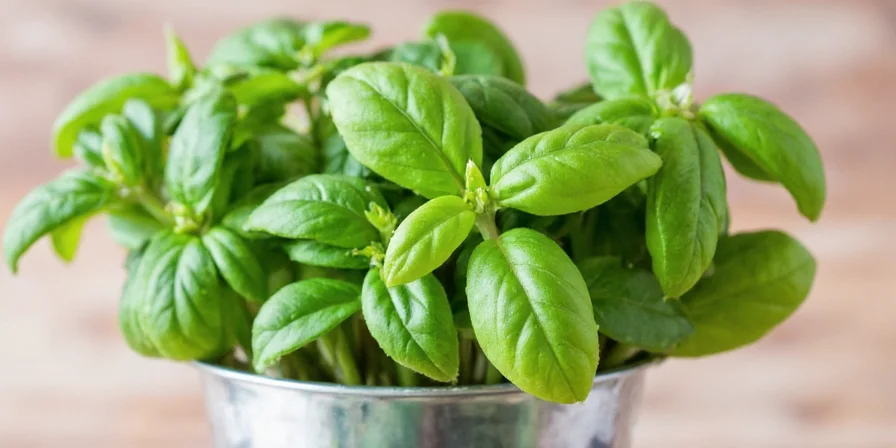
Want the freshest basil possible? Start your own window garden! Follow these simple steps:
- Choose a sunny spot – basil loves light
- Use well-draining soil
- Water regularly but avoid soggy roots
- Pinch off flowers to promote leaf growth
- Harvest from the top down
Basil-Infused Oils & Vinegars: Flavor Goldmines
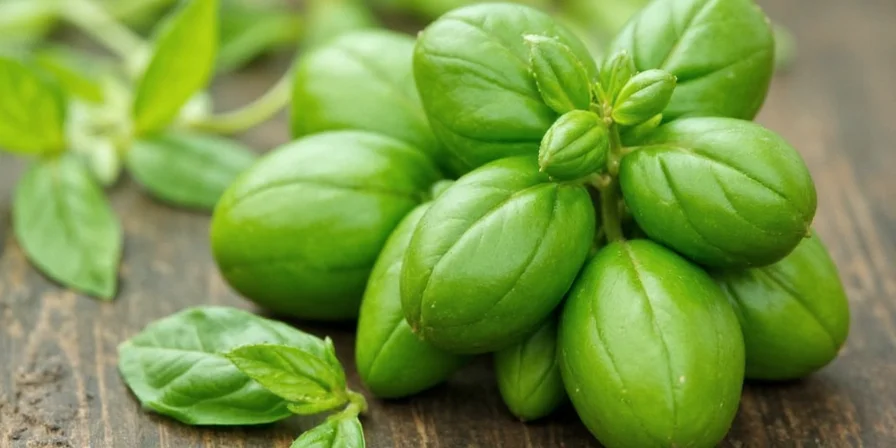
Transform your pantry staples with homemade infusions:
- Heat olive oil gently with fresh basil for 30 minutes
- Steep vinegar with crushed leaves for a tangy twist
- Add garlic or chili for extra depth
Common Mistakes Even Pros Make
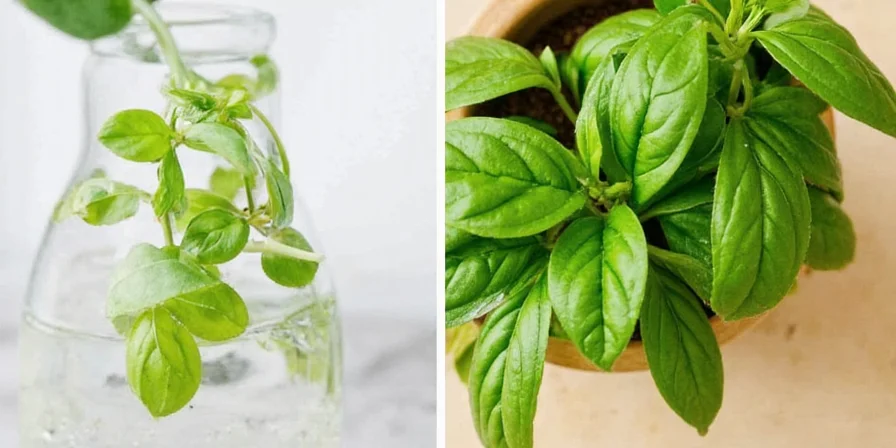
Avoid these rookie moves:
- Refrigerating whole sprigs
- Adding to dishes too early
- Not drying properly before freezing
- Overwatering indoor plants
- Storing near ethylene-producing fruits
FAQ: All Your Basil Questions Answered
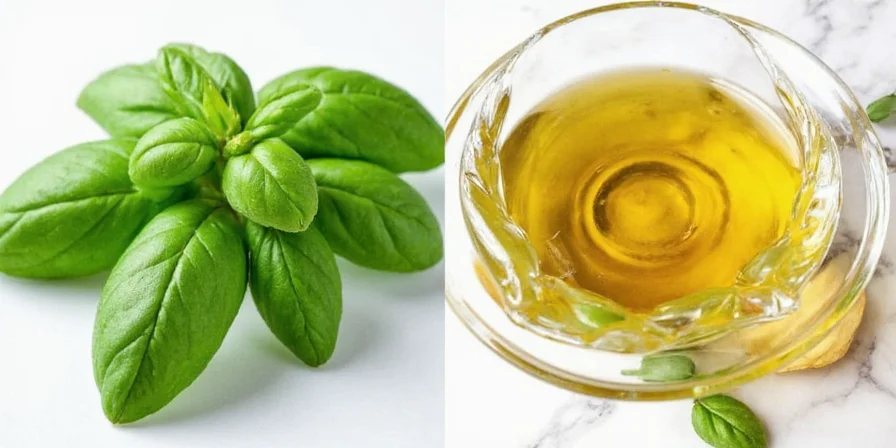
Can I eat basil flowers? Yes! They’re edible and milder in flavor.
Why does my basil taste bitter? Often due to heat exposure or old age.
Is basil safe for pets? In large amounts, it can be toxic to cats and dogs.
Can I substitute dried basil for fresh? Sure, but use ⅓ the amount since dried is more concentrated.
Conclusion
Organic basil isn’t just another pretty garnish—it’s a powerhouse of flavor, versatility, and even health benefits. From choosing the right variety to mastering the art of preservation, these tips should help you get the most out of every leaf. Now go forth, sprinkle, chop, and infuse like a basil boss!

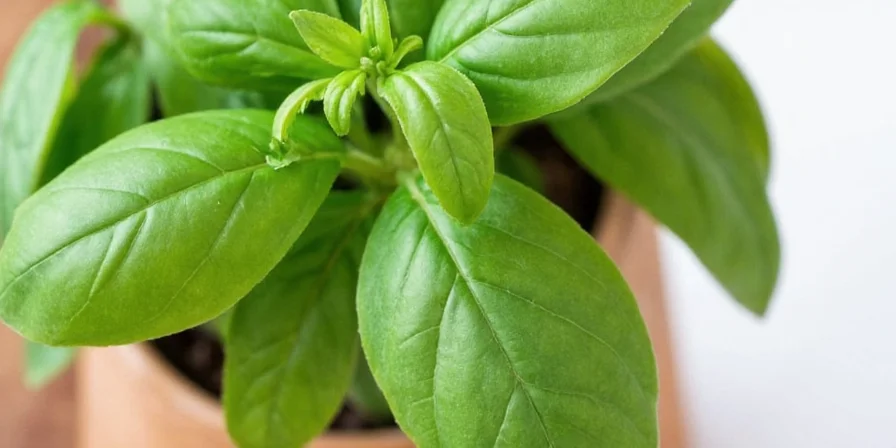









 浙公网安备
33010002000092号
浙公网安备
33010002000092号 浙B2-20120091-4
浙B2-20120091-4